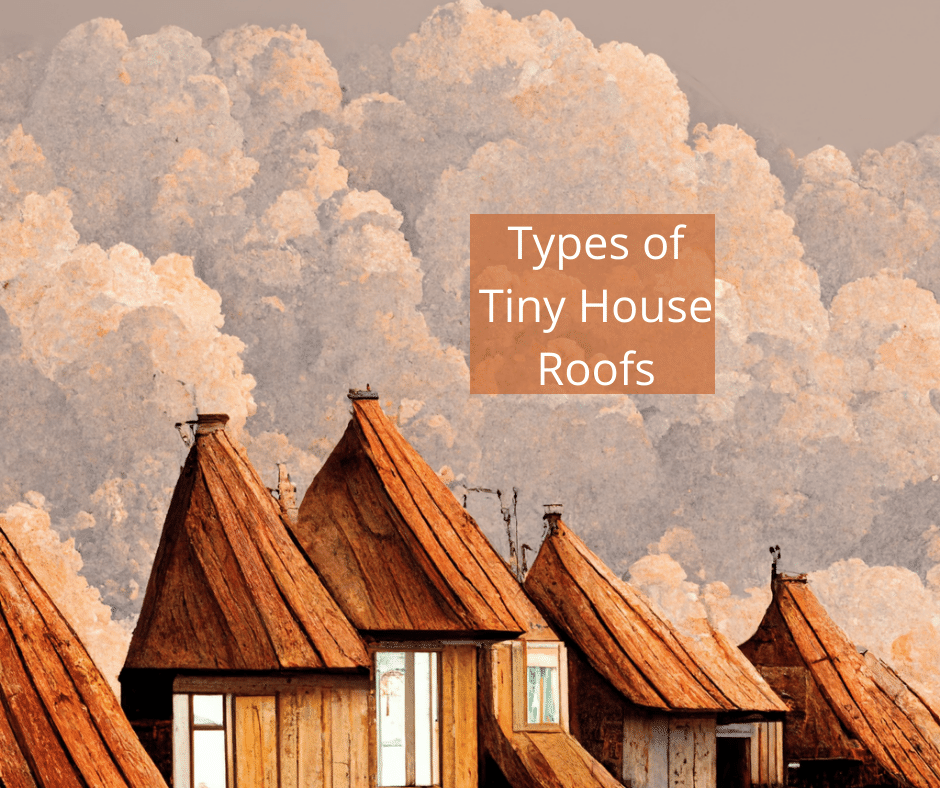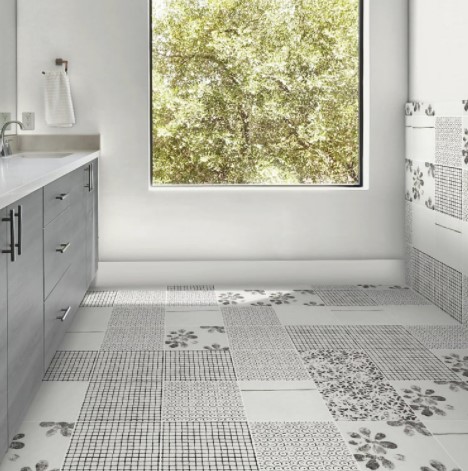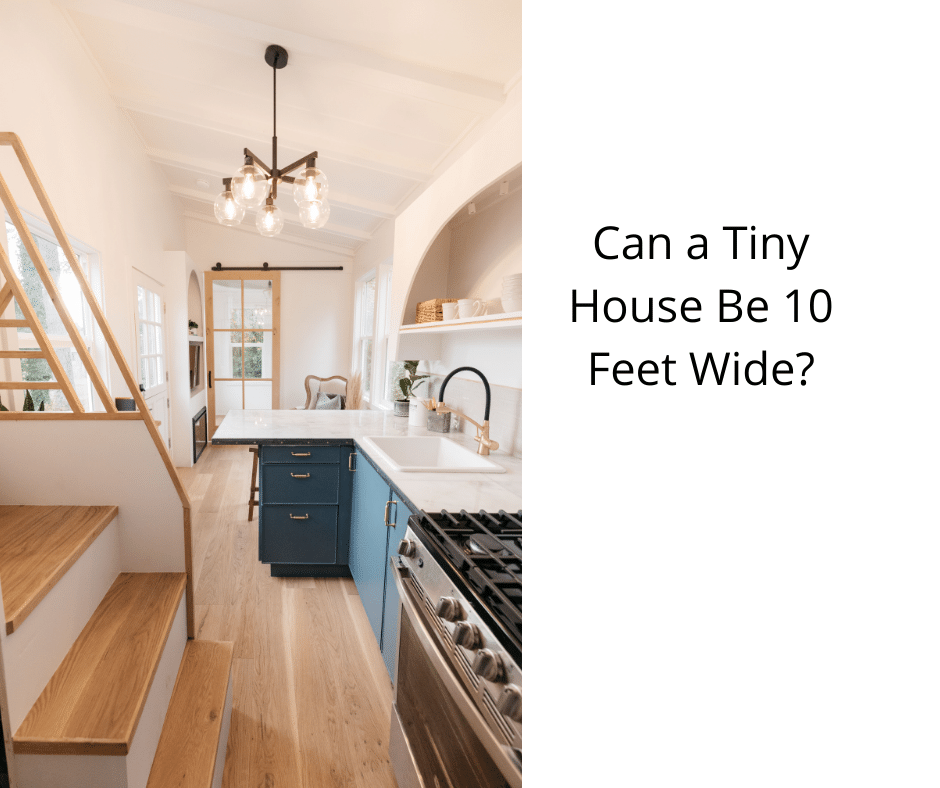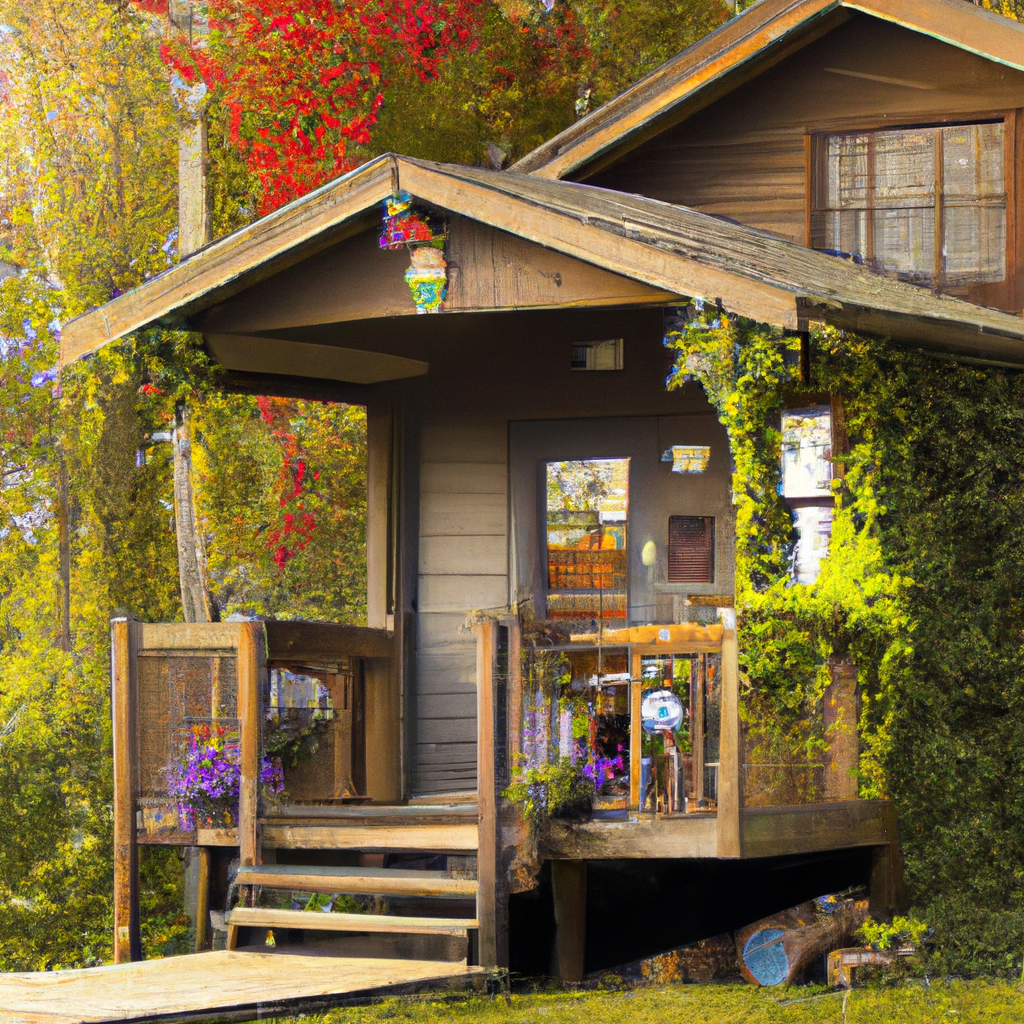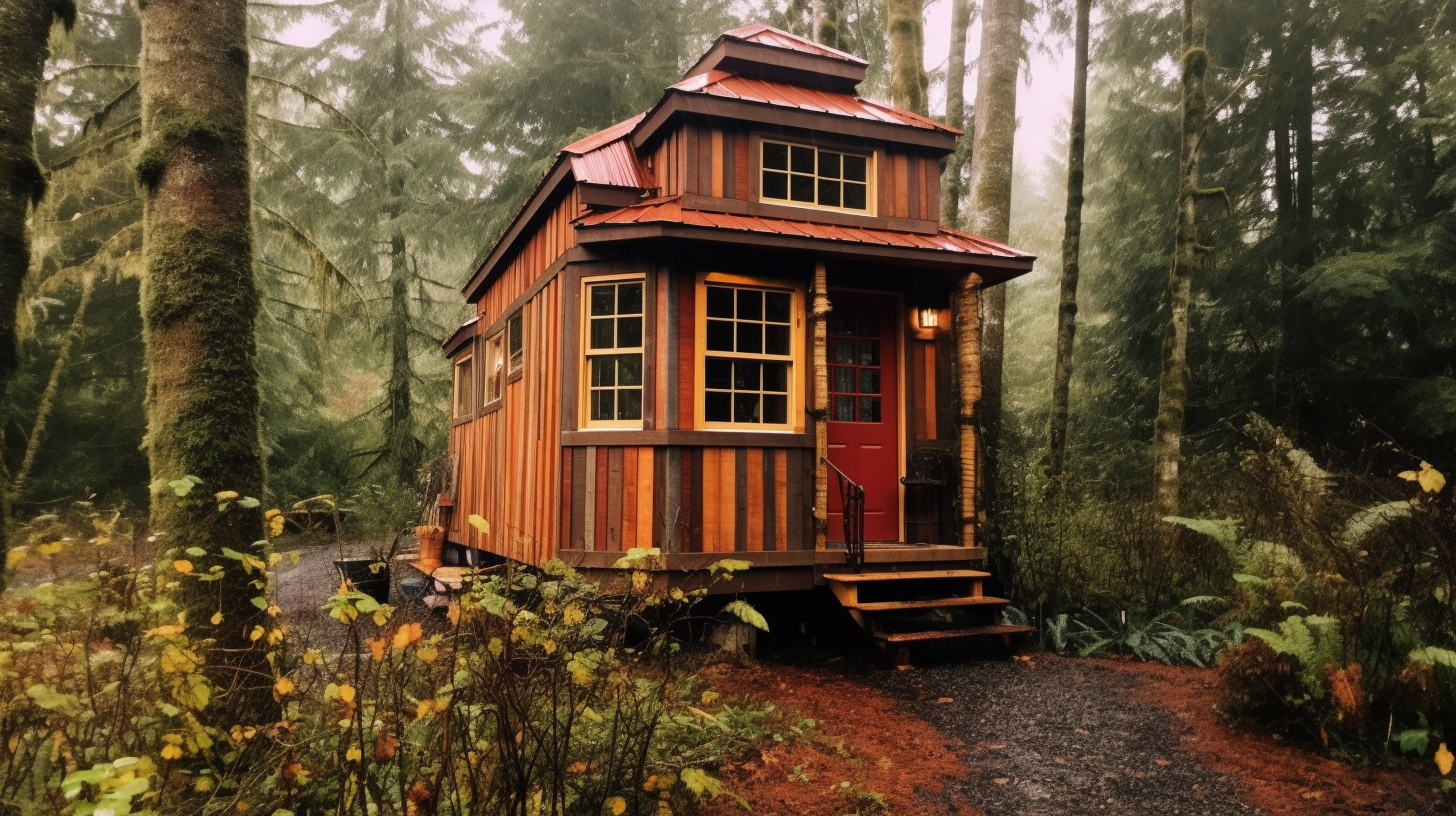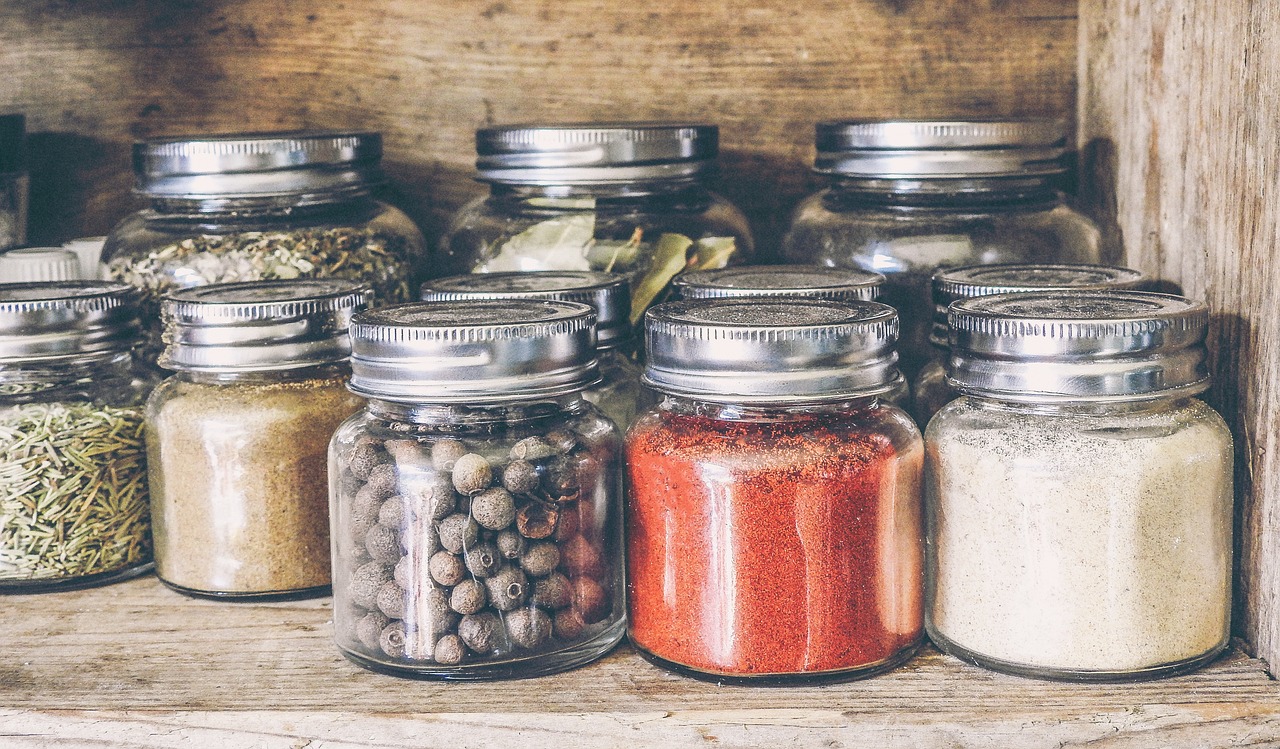There are various roofing options to choose from for tiny houses. It is important to carefully consider the pros and cons of each option before making a decision. Also, take into account the specific climate conditions your house will be exposed to. For example, a metal roof is great for withstanding high winds and heavy rain. Conversely, rubber or shingle roofs may be better suited for dry climates.
Metal Roofs
Metal roofs for tiny houses are a great choice for those who are looking to build a tiny house but want it to last for decades. Despite the small size of the houses, metal roofs can be as tough as a traditional home, and can even come with a 50-year limited lifetime warranty.
Tiny house builders choose metal roofing for many reasons, including that it’s lightweight, fireproof, and eco-friendly. A few other benefits include its great reflective qualities and good wind resistance. Despite its size, metal roofs for tiny houses provide better heat and storm resistance than asphalt shingles or other types of roofs.
Metal panels are a popular choice for commercial buildings, but they also make a great choice for residential tiny houses. Their high-quality construction allows for greater design flexibility and can even complement the style and color of any residential structure. Because they are a higher-quality building material, metal panels are ideal for tiny homes.
There are a variety of different types of metal roofs for tiny houses. Standing seam metal roofs are especially durable, and they can be attached to the decking with hidden fasteners. Standing seam metal roofs are also better able to withstand higher winds. Shingles are another option, but they can easily blow off of tiny houses and are generally heavier.
Shingles
If you’re considering a roof for a tiny house, there are several different types of shingles you can choose from. The most popular are asphalt shingles, which weigh about 2.5 to 4 pounds per square foot. They can be installed in a day or less, but the downside is that they don’t have the best performance in extreme weather conditions. Additionally, they are not recyclable and use a lot of energy in production. If you’d like to avoid the environmental impact of using asphalt shingles, you can also opt for composition shingles.
Asphalt shingles are one of the best materials for tiny house roofs, but you should consider the size of your roof and your budget when choosing shingles. Asphalt shingles cost about $100 to $150 per square sheet, which makes them an excellent choice for a tiny house roof. Besides being inexpensive, asphalt shingles are very durable and can withstand severe weather.
Another option is steel roofing panels, which are both affordable and durable. The advantage of using metal is that it is more resistant to higher wind speeds than shingles. If you are building a tiny house with little space, shingles may be a good choice, but they are heavy and will blow off easily.
Whether you choose a traditional asphalt shingle or a lightweight, renewable alternative, there are a number of benefits to each. You may even want to consider solar shingles if you want to produce electricity on the roof.
Gable Roofs
Gable roofs are one of the most common types of tiny house roof. They’re easy to build and look nice, but don’t make the most use of space for tiny house dwellers. Unless you have a loft, a gable roof will provide little wall space to sit up in. Fortunately, there are some tiny house designs that have loft dormers. Whether you’re planning on renting your tiny house or building it yourself, there are several options that will work for you.
Before installing your tiny house roof, you’ll need to make sure that the rafters are straight and secured. Next, you’ll want to attach the 1×10 trim to the rafters. Make sure you use 2″ brad nails to secure the trim. Once the trim is attached, you can begin attaching the shingles.
If you’re looking for a more traditional look for your tiny house, you may want to consider a gable roof. However, it’s important to remember that the gable roof does not allow for much loft space, and it’s more difficult to construct than a shed roof. A shed roof, on the other hand, can reduce the amount of roof penetrations, reduce the complexity of building and elevate the overall level of finishing.
The roof shape of a tiny house is one of the most important parts of the overall design. Gable, Gambrel, Flat, and Mansard are some of the most common types of tiny house roofs. Each has their pros and cons, so it’s important to decide on the right one for your tiny house.
Rubber Roofs
A rubber roof can be a durable and attractive choice for a tiny house. You can choose from a variety of colors, styles, and materials for your tiny house roof. Here are some options and their pros and cons: Membrane roofing – made from PVC, TPO, or rubber – is a lightweight option for flat or low sloped roofs. The downside is its short life expectancy.
Flat rubber roofs require less maintenance than asphalt shingles. However, they should be cleaned periodically to keep moss and algae from growing on them. You can do this yourself or hire a professional to do the job. Flat rubber roofing is a good choice for tiny homes because it’s durable and inexpensive.
Rubber roofs can also be noisy, so they’re not the best choice for people with sensitive hearing. You should consult with a professional if you’re concerned about the sound of a rubber roof. Also, consider the slope of your tiny house and whether it’s level with the ground. If you have a two-sided roof, you may need to add a skylight.
Metal roofing is another option. Steel panels can be inexpensive and durable. It can last for decades, but you must ensure that it resists the elements. If you live near a coastline, you might need to get a steel roof to protect your tiny house. It can cost you between $1.20 and $5 per square foot, depending on the type of steel panels.
PVC Roofs
Compared to metal roofing, PVC roofs are lightweight and inexpensive. This material is also a great option for tiny house foundations. However, they are not as light as steel panels and may not be suitable for a tiny house trailer. To avoid this, you should calculate the additional weight of the roof and get a trailer with a higher weight rating.
To install PVC on your tiny house, you must start with a smooth and clean surface. Any extra debris could puncture the membrane. Additionally, you must remove the old roof first. This process can be time consuming and cost money. Moreover, PVC does not do well in extremely cold weather. When it freezes, it becomes brittle and can crack easily, especially when walked on. It is ideal for a warm climate.
Another option for PVC roofs is metal. Metal roofs have the advantage of being durable. Metal roofs are also better at handling higher winds. Shingles are another popular choice, but they are very heavy and are prone to blowing off tiny houses. They also tend to be less attractive.
Tiny house interior siding is usually slat or sheet paneling. It is lightweight but is not very durable. Conventional drywall is also rarely used in tiny houses because it is heavy and not very durable. Moreover, tiny houses use Styrofoam boards for the subfloor and wall cavities.
Galvanized Steel
Whether you’re building a tiny house in the backyard or a tiny house in the city, a metal roof can be an excellent choice. Steel roofing panels are among the cheapest and most durable roofing options available today. They can resist rust, impact from debris, and are highly energy-efficient. Galvanized steel is a popular option due to its resistance to rust and corrosion. Although it is more expensive than galvalume steel, galvanized steel is stronger and more durable than other roofing materials.
Another option is coated steel. The material has a rust-resistant finish and is perfect for tiny houses. It’s also lightweight and incredibly durable. It can withstand a variety of weather conditions, including ice, snow, and water. Plus, it can withstand impact elements and abrasive blades.
Whether you’re building a tiny house on a foundation or a trailer, there are pros and cons to each type of roof. Make sure to consider what type of roof is best for your particular climate. For example, you should know if your tiny house is prone to heavy rain or snow, or if it’s in a snowy region.
Galvanized steel roofing is a durable, energy-efficient option that will last a lifetime. These panels are more expensive than their galvalume counterparts, but will make your tiny house last a long time. They feature concealed fasteners and are extremely durable. However, they can be difficult to install.
Hi, I’m Emma. I’m the Editor in Chief of Tiny House 43, a blog all about tiny houses. While tree houses are often associated with childhood, they can be the perfect adult retreat. They offer a cozy space to relax and unwind, surrounded by nature. And since they’re typically built on stilts or raised platforms, they offer stunning views that traditional homes simply can’t match. If you’re looking for a unique and romantic getaway, a tree house tiny house might just be the perfect option.
